AESTHETIC SERVICES
Scar Management
Abnormal scars can typically be devided into Hypotrophic, Hypertrophic and Keloid type scars.
A Hypotrophic scar is typically charactarised by thin depressed abnormal skin within the scar border.
A Hypertrophic scar is characterized by deposits of excessive amounts of collagen which gives rise to a raised scar, but not to the degree observed with keloids. Like keloids, they form most often at the sites of pimples, body piercings, cuts and burns. They generally develop after thermal or traumatic injury that involves the deep layers of the dermis and express high levels of TGF-β.
When a normal wound heals, the body produces new collagen fibers at a rate which balances the breakdown of old collagen. Hypertrophic scars are red and thick and may be itchy or painful. They do not extend beyond the boundary of the original wound, but may continue to thicken for up to 6 months.
Mechanical tension on a wound has also been identified as a leading cause for hypertrophic and keloid scar formation.
Some people have an inherited tendency to this type of scarring and although it is not possible to completely prevent hypertrophic or keloid type scar formation, those who have suffered from them should inform their doctor before surgery. Scar therapies are available which may speed up the process of change from a hypertrophic or keloid scar to a flatter 'normal' type scar.
SCAR MANAGEMENT VIA SURGERY |
|
| BEFORE | AFTER |
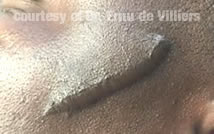 |
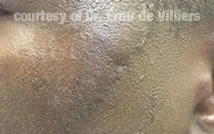 |
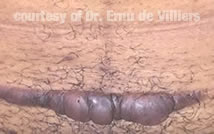 |
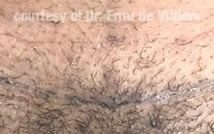 |
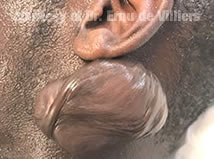 |
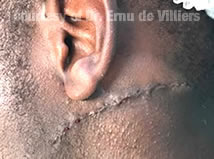 |
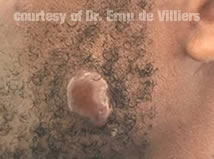 |
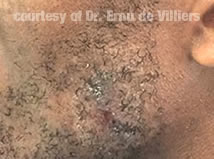 |
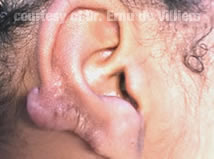 |
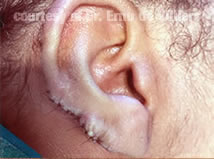 |
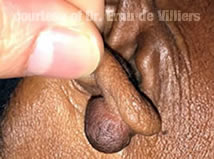 |
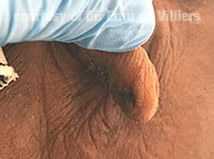 |
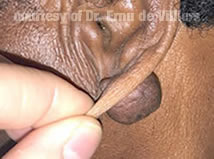 |
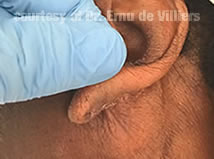 |
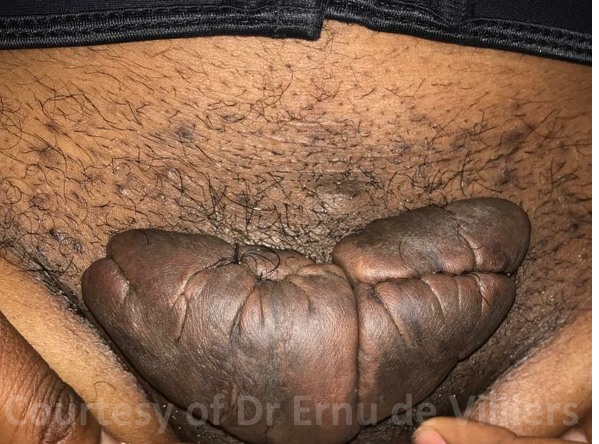 |
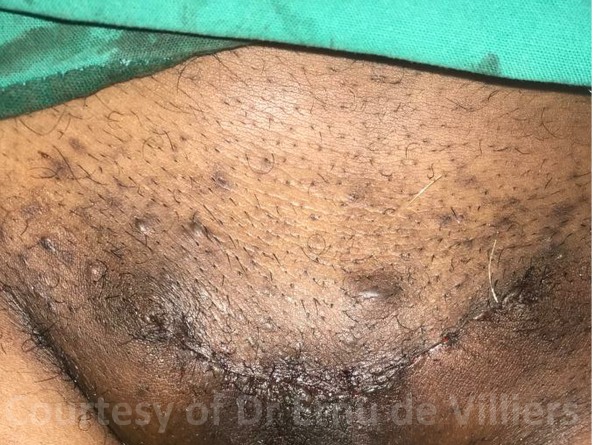 |
|
|
| BEFORE | AFTER |
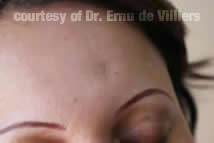 |
 |